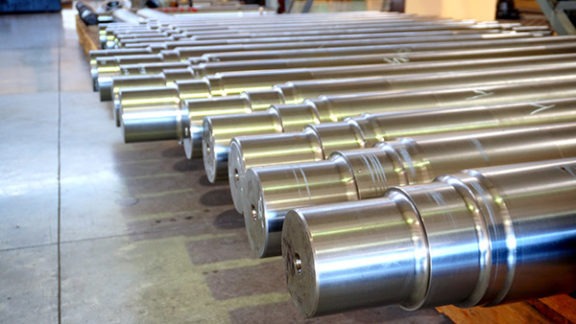Researchers and practitioners have tested many technologies to remove or destroy per- and polyfluoroalkyl substances (PFAS). Some of those technologies have become commercially available, and others may find their way to market soon. In a recent article in the journal Remediation, John Xiong, Ph.D., P.E., and his coauthors summarize available and developing technologies for treating and destroying PFAS in liquid, such as drinking water, groundwater, and landfill leachate.
In the article, titled “Available and emerging liquid treatment technologies for PFASs,” the authors note that PFAS pose a distinct remediation challenge because of “their unique chemical and physical properties,” including the strength of the carbon-fluorine bond — one of the strongest chemical bonds in nature. “The overall complexity and variability of chemical structures and behaviors within the PFAS class are orders of magnitude greater than any other chemical classes that the industry has addressed thus far,” they write.
Many public- and private-sector entities may soon have to address these chemicals at their facilities, given PFAS’ ubiquity and regulatory developments such as the recently published Maximum Contaminant Levels by the U.S. Environmental Protection Agency. John and his coauthors summarize the technical approaches that could help manage liquid media at PFAS-impacted sites, including sorption technologies, separation technologies, destruction processes, and biological approaches.
The authors caution that the article doesn’t offer advice on site-specific treatment system design but rather strives to keep readers current on PFAS treatment technologies and related topics.
John has led research into new PFAS destruction technologies as the head of Haley & Aldrich’s Applied Research Program. He has also spearheaded the development of EradiFluor, Haley & Aldrich’s efficient, cost-effective PFAS-destruction technology.
Read more and see purchase options for this article.




